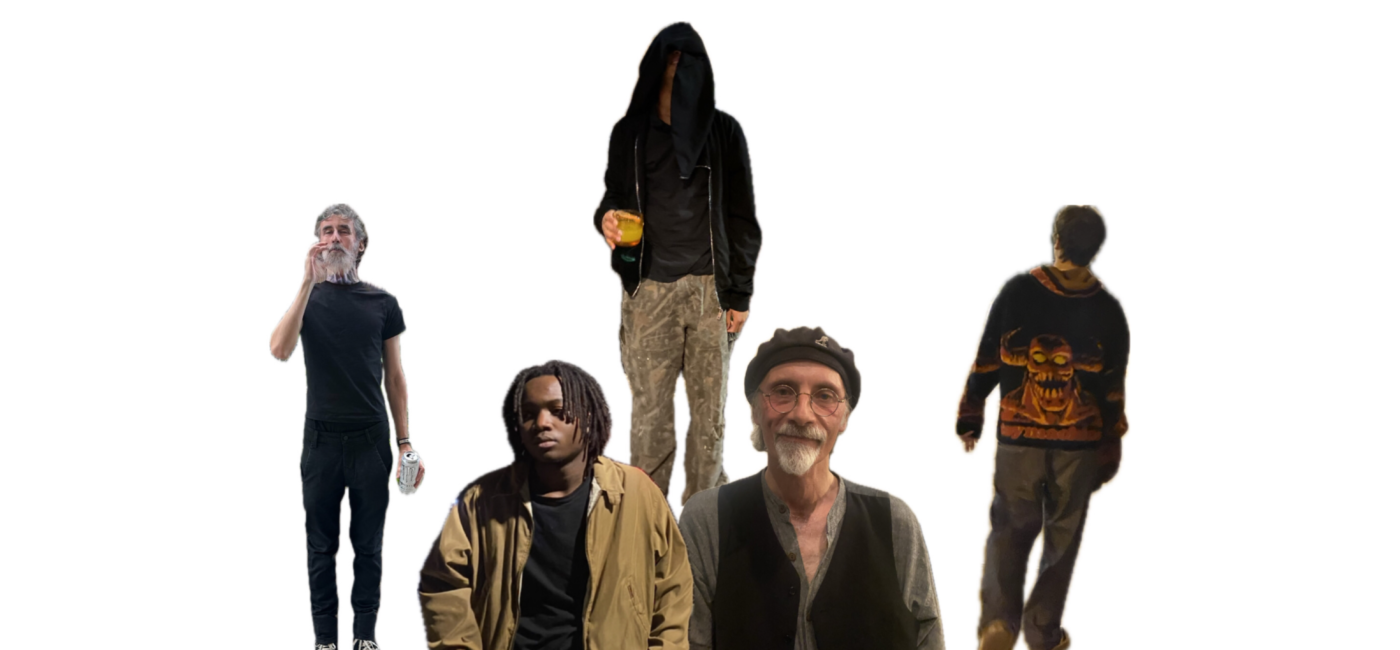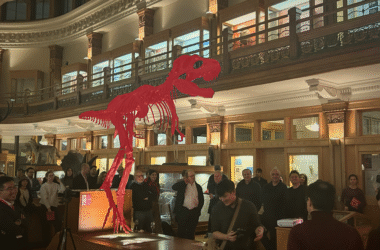Clothing is much more than fabric—it’s a form of self-expression, a cultural marker, and a powerful communicator of identity. From job interviews to social gatherings, fashion often determines the first impression we make on others. But just how much does clothing influence perception, and why is it so important?
Eric Hehman, an associate professor of Psychology at McGill, studies the dynamics of prejudice, group interactions, and how we perceive others. In a recent study, he explored the critical role that clothing plays in shaping impression formation—a continuous process in which individuals develop and update their perceptions of others, such as beliefs, stereotypes, and attitudes.
Hehman proposed a working model that incorporates dress as a key component of person perception—the cognitive processes involved in making judgments about people and their behaviour. The first step in this process is defining what actually counts as “dress” and what is just an aspect of someone’s body.
“We define dress in the paper as everything you can add to your body that is not natural,” Hehman explained in an interview with The Tribune. “Hair is not dress, but styling your hair, we do consider dress because that’s a choice, and it conveys information. If I have a mohawk versus a shaved head, versus super long surfer hair, those are choices that I’ve made that are conveying different sorts of things about me. Your earrings would be dress, necklaces would be dress, makeup, possibly even tattoos.”
While we often turn to faces to make initial judgments about qualities like intelligence and confidence, Hehman’s research reveals that dress communicates much more. In the model, impressions are formed by analyzing three main components of a person: their face/body, dress, and context. These are processed through the lens of the perceiver’s own beliefs, stereotypes, attitudes, and cultural knowledge.
He identifies four factors that observers may infer from a person’s attire: social category, cognitive state, status, and aesthetics.
The first category relates to how clothing reveals a person’s social identity. While faces offer clues, Hehman is concerned with what lies beyond this trait-level perception.
“If you add clothes to the mixture, it adds way more information,” Hehman said. “Cultural clues from what people wear can reveal their sexuality, political affiliation, or what subculture they are part of.”
Subtle choices in attire—like colour scheme, accessories, or overall style—signal cultural affiliations and preferences. For example, someone at a concert may use their clothing to implicitly indicate loyalty to a particular genre or band.
The second category focuses on cognitive states, where dress informs inferences about mental states, goals, or intentions. Perceivers can gauge whether someone is attending a formal event, seeking attention, or avoiding harm based on their clothing.
For instance, role theory in dress suggests that clothing can communicate expected societal roles, such as uniforms indicating authority, while further setting up expectations for specific behaviours.
The third factor, status, concerns how dress signals one’s place in social hierarchies. Clothing can indicate wealth, class, or professional standing.
“Wealthy folks have a lot of avenues for self-expression, while those with fewer resources often face limited opportunities. Even within, say, Canada, there’s rich and poor, and the richer folks just have more ways that they can customize their existence,” Hehman explained. “So [wealth] might manifest more for those folks in their appearance and what they can modify.”
The fourth category, aesthetics, focuses on the visual appeal of clothing and how it impacts judgments about someone’s personality or taste. Fashion choices are often tied to values like creativity or conformity. However, Hehman emphasizes the challenges posed for research by the subjective nature of aesthetic appreciation.
The field of dress perception remains understudied due to its complexity and variability and the challenges in running formal tests. By developing a structured model, Hehman emphasizes how clothing is an important part of social perception, offering opportunities to have a better understanding of how attire shapes our identities.


